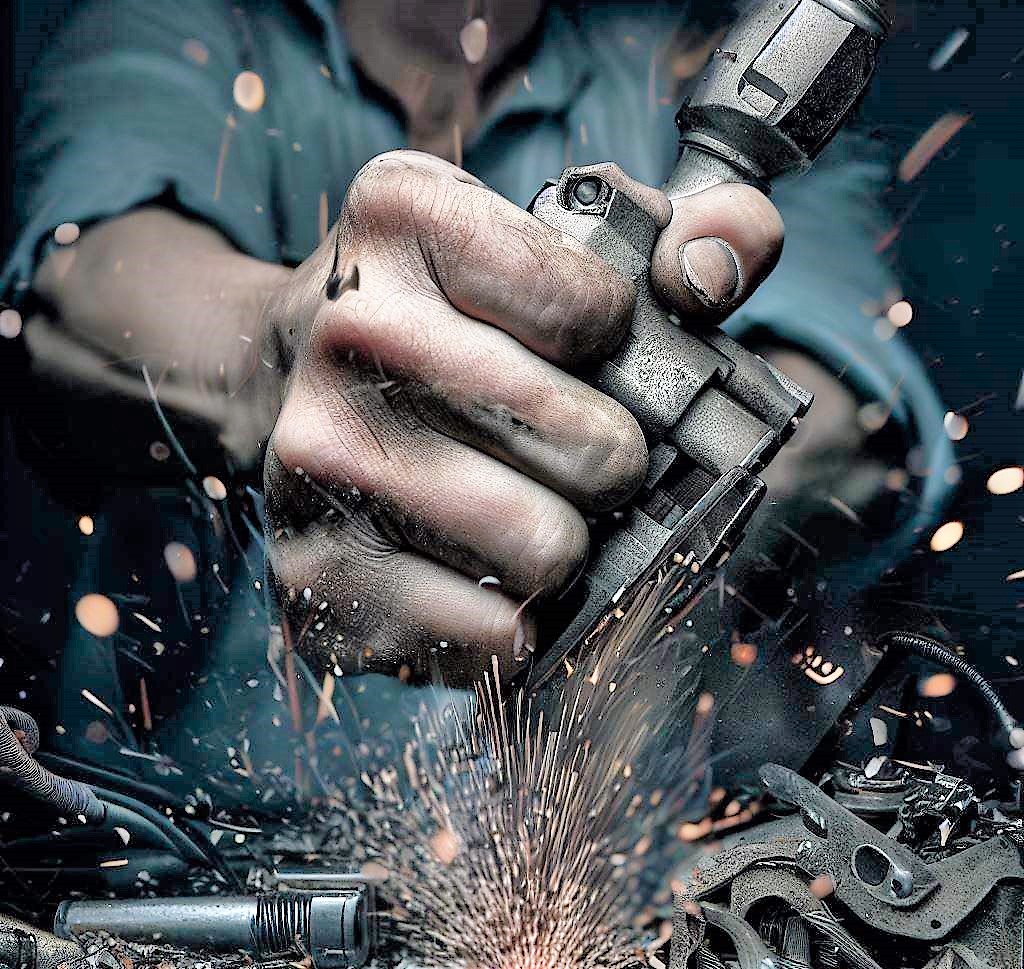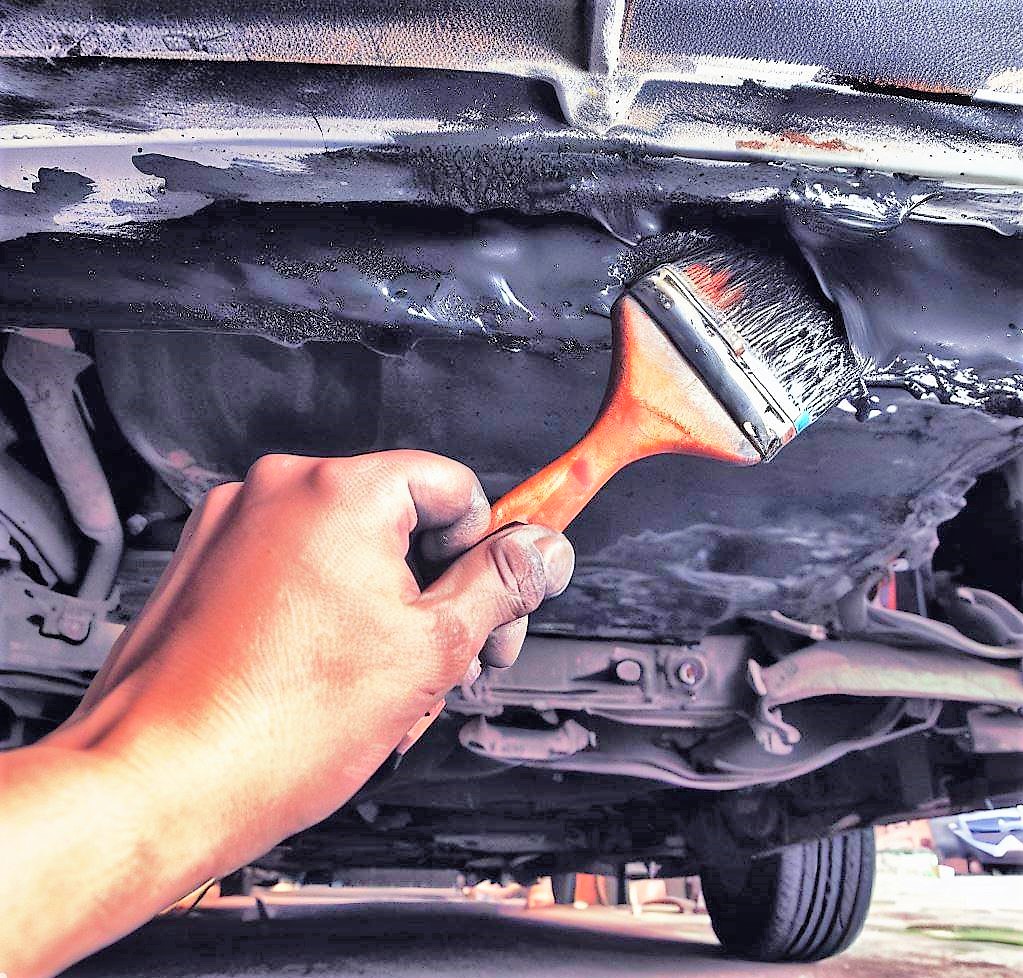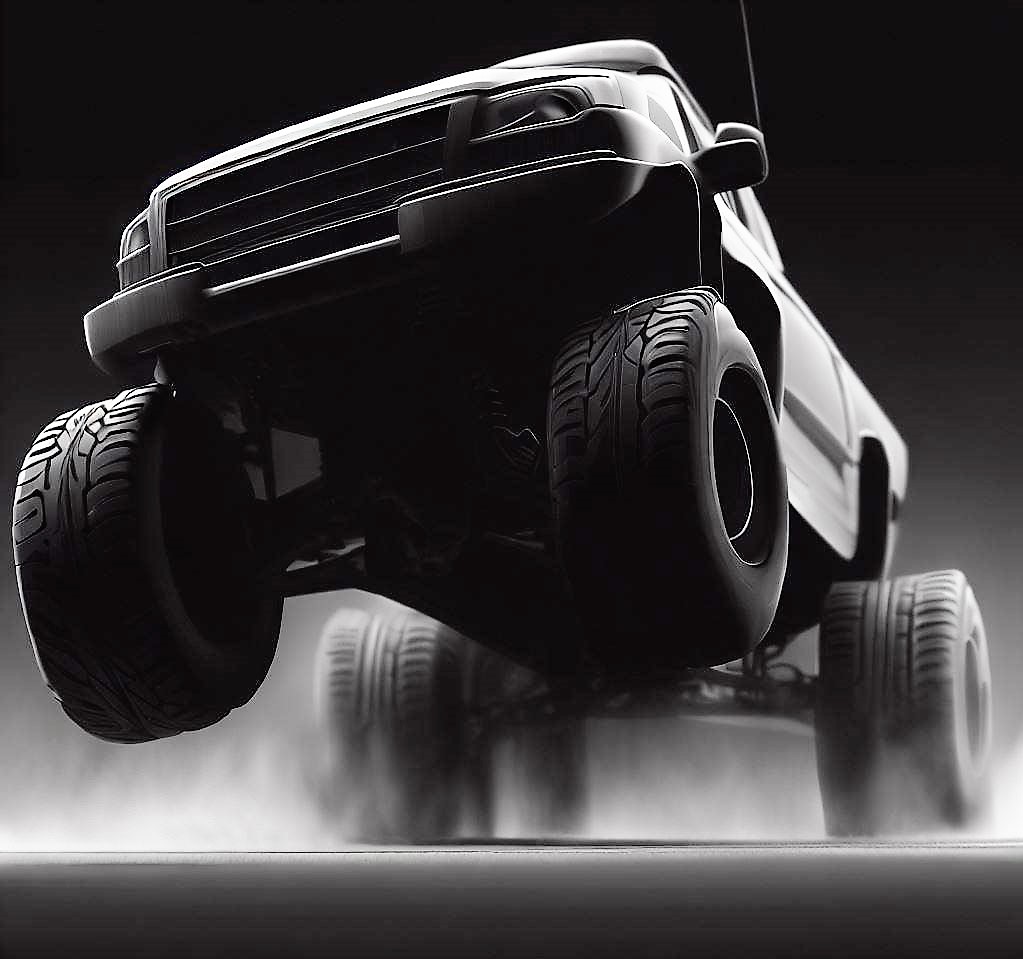Broken Starter Bolt Hole Fix
A broken starter bolt hole can be a frustrating problem for any vehicle owner. This issue can cause your car to not start, stall while driving, or even cause damage to your engine. Identifying the problem is the first step in finding a solution.
Signs of a broken starter bolt hole may include a grinding noise when starting your vehicle, difficulty turning the engine over, or a loose starter.
To fix a broken starter bolt hole, it is important to have the necessary tools and materials on hand. Depending on the severity of the damage, you may need a drill, tap and die set, thread inserts, and a torque wrench.
It is also important to take your time and follow the proper procedures to ensure a successful repair. In this article, we will discuss methods for fixing a broken starter bolt hole, as well as tips and tricks for a successful repair.
By the end of this article, you will be equipped with the knowledge and skills needed to fix a broken starter bolt hole and get your vehicle back on the road.
Identifying the Problem: Signs of a Broken Starter Bolt Hole
The identification of a broken starter bolt hole can be achieved by observing signs such as difficulty in starting the engine, abnormal noises during startup, and visible damage or wear in the surrounding area of the bolt hole.
When the starter bolt hole is broken, the starter will not be able to hold onto the engine block, causing difficulty in starting the engine. This is because the starter is responsible for cranking the engine and if it is not securely attached, it will not be able to perform its function effectively.
In addition to difficulty in starting the engine, abnormal noises during startup are another sign of a broken starter bolt hole. These noises can range from grinding, clicking, or whirring sounds, indicating that the starter is not engaging properly with the engine. The noises can also be due to the starter being loose and vibrating against the engine block.
Visible damage or wear in the surrounding area of the bolt hole is another sign of a broken starter bolt hole. This can be observed by looking at the engine block where the starter is attached and identifying any cracks, fractures, or other damages. If not addressed promptly, these damages can spread and cause further problems down the line.
Therefore, it is crucial to identify the signs of a broken starter bolt hole and take appropriate measures to fix it before it causes serious damage to the engine.
Preparing Your Tools and Materials
To ensure efficient completion of the task, it is imperative to gather all necessary tools and materials beforehand. Some of the tools you will need include a drill, drill bits, tap, tap wrench, reamer, and a bolt extractor. You will also need a torque wrench, a socket set, and a ratchet. The materials required for the job include a new bolt, thread locker, and cleaning solvent.
When selecting your tools, ensure that they are of good quality and in good condition. A good quality drill bit will make the job easier and quicker, while a worn-out one will only slow you down. Additionally, ensure that your tap and reamer are the correct sizes for the bolt you will be installing.
Using the wrong size can lead to a poorly threaded hole, which can cause problems down the line. Before starting the job, ensure that you have all the necessary materials. A new bolt is essential, as reusing the old one may lead to further problems.
Thread locker is also necessary, as it helps to keep the bolt in place and prevent it from loosening over time. Lastly, cleaning solvent is necessary to clean the hole and remove any debris that may have accumulated.
By ensuring that you have all the necessary tools and materials, you can complete the job efficiently and effectively.
Methods for Fixing a Broken Starter Bolt Hole
Efficient repair techniques for a damaged starter bolt aperture involve using a tap to create new threads or a helicoil insert to reinforce the hole. When using a tap to create new threads, it is important to ensure that the tap size matches the thread size of the original bolt. The tap should be inserted into the hole and turned clockwise until the threads are cut into the metal. It is recommended to use a tap handle to ensure even pressure and to avoid damaging the tap or the hole. Once the threads are cut, the hole should be cleaned and the new bolt should be installed.
Another method for fixing a broken starter bolt hole is to use a helicoil insert. A helicoil is a small coil-shaped insert that is made of stainless steel or other durable materials. It is inserted into the damaged hole and acts as a reinforcement for the new bolt. To use a helicoil insert, the damaged hole should be drilled out to the correct size for the insert. The insert should then be installed with a special tool and secured in place. Once the helicoil insert is in place, a new bolt can be installed and tightened as usual.
Here are four steps to follow when using a helicoil insert to fix a broken starter bolt hole:
- Determine the correct size helicoil insert needed based on the size of the original bolt.
- Drill out the damaged hole to the correct size for the insert.
- Install the helicoil insert using a special tool.
- Install a new bolt and tighten as usual.
Overall, repairing a broken starter bolt hole is a necessary task to ensure the proper function of a vehicle. By using either a tap or a helicoil insert, a damaged hole can be fixed efficiently and effectively. It is important to follow the correct procedures and use the appropriate tools and materials to avoid further damage to the vehicle.
Tips and Tricks for a Successful Repair
Maximizing the longevity and effectiveness of the repair process involves implementing certain strategies that can enhance the overall success of the repair.
When repairing a broken starter bolt hole, it is essential to ensure that the hole is clean and free of debris. Any residue left in the hole can cause the bolt to loosen and eventually break again. It is recommended to use a wire brush to clean the hole thoroughly before proceeding with the repair process. Additionally, using a thread chaser can help clean the threads of the hole and ensure that the bolt will fit properly.
Another tip for a successful repair is to use the appropriate tools and materials. This includes using the correct size of a tap and die set to re-thread the hole. Using a tap that is too large can cause the threads to be too loose, while using a tap that is too small can cause the threads to be too tight. Additionally, using a high-quality bolt and thread locker can greatly increase the effectiveness of the repair. It is important to note that using a bolt that is too short or too long can also lead to future problems, so it is crucial to use the correct size.
Lastly, it is important to ensure that the repair process is done correctly and thoroughly. This means taking the time to carefully follow the instructions and double-checking the work. It may be helpful to have a second person to assist with the repair process to ensure that everything is done correctly. Additionally, it is recommended to test the bolt for tightness periodically to ensure that it has not become loose.
By taking these steps, one can increase the longevity and effectiveness of the repair and avoid future problems.
Testing Your Repaired Starter Bolt Hole
Once the repair process for a damaged starter bolt hole has been completed, it is crucial to ensure the effectiveness of the repair by performing a thorough testing of the repaired area.
This testing process is necessary to ensure that the starter bolt can be securely fastened to the repaired hole without causing any additional damage to the engine block.
To test the repaired starter bolt hole, the engine must be cranked several times to verify that the starter remains securely fastened in place.
During the testing process, it is important to carefully listen for any unusual noises or vibrations that may be indicative of a problem with the repair. Any such findings must be addressed immediately to avoid further damage to the engine block.
Additionally, the torque of the starter bolt must be checked to ensure that it is within the recommended range. Any deviation from the recommended torque range could result in additional damage to the starter bolt hole, or even lead to the bolt coming loose and causing severe damage to the engine.
Once the testing process has been completed, it is recommended to drive the vehicle for a short distance to further verify the effectiveness of the repair. During this drive, it is important to listen for any unusual sounds or vibrations that may be indicative of a problem with the repair.
If any issues are detected, it is important to address them immediately to avoid further damage to the engine block. Overall, a thorough testing process is essential to ensure that the repair has been successful, and that the engine can operate safely and effectively.
Frequently Asked Questions
How much experience is needed to fix a broken starter bolt hole?
Fixing a broken starter bolt hole requires knowledge of automotive repairs, including the use of specialized tools and techniques. The level of experience required varies based on the severity of the damage and the specific make and model of the vehicle.
Can a broken starter bolt hole be fixed without removing the engine?
The feasibility of fixing a broken starter bolt hole without removing the engine depends on the severity of the damage and the accessibility of the area. However, in most cases, removing the engine is necessary for a proper repair.
What causes starter bolt holes to break in the first place?
The causes of broken starter bolt holes are varied and include factors such as poor installation techniques, over-tightening of bolts, metal fatigue, and corrosion. These issues can lead to a weakened or damaged bolt hole, resulting in a broken bolt hole over time.
Is it safe to drive a vehicle with a broken starter bolt hole?
Driving a vehicle with a broken starter bolt hole is not recommended as it may cause the starter motor to vibrate and damage other engine components. It is best to have the issue fixed by a professional mechanic.
How long does the repair process typically take?
The repair process for a broken starter bolt hole can vary depending on the extent of damage and the specific make and model of the vehicle. Typically, it may take a few hours to a full day to complete the repair.
Conclusion
In conclusion, a broken starter bolt hole can be a frustrating issue to deal with, but it is fixable with the right tools and techniques. Identifying the problem early on is important, as it can prevent further damage to the starter motor or engine. Once the problem is identified, preparing your tools and materials is crucial for a successful repair.
There are several methods for fixing a broken starter bolt hole, including using a helicoil or a threaded insert. It is important to follow the instructions carefully and take your time to ensure the repair is done correctly.
To increase the chances of a successful repair, there are several tips and tricks to keep in mind. For example, using a tap lubricant can make the job easier and prevent damage to the threads. Testing the repaired starter bolt hole is essential before starting the engine, as it can prevent further damage or issues.
By following these steps and taking the proper precautions, you can fix a broken starter bolt hole and get your vehicle back on the road. Remember to always prioritize safety and take your time to ensure a job well done.




Leave a Reply